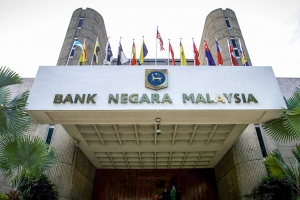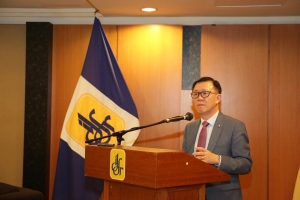Serc
- Bank Negara Malaysia expects the MALAYSIAN ECONOMY to grow by 4.3-4.8% (mid-point at 4.7%) in 2019 (4.7% in 2018). This is in line with our estimate of 4.5-4.7%.
- DOMESTIC DEMAND will continue to be the anchor of growth, underpinned by private sector activity as public sector continues to consolidate spending. Both private consumption and investment are expected to grow decently in 2019 while public investment will contract sharply due mainly to the completion of major projects and continued rationalization of spending.
- ALL ECONOMIC SECTORS are forecasted to expand, albeit mixed growth in 2019. The services and manufacturing sectors will continue to be the key drivers of overall growth. Both the mining and agriculture sectors are expected to rebound on recovery in production as the supply-induced shocks and disruptions receded.
- HEADLINE INFLATION is projected to average between 0.7-1.7% in 2019 (1.0% in 2018), due mainly to some pass-through of domestic cost factors (the lapsing of consumption tax, increase in minimum wage, electricity surcharge on businesses) amid the moderating effect from stable fuel prices.
- OVERALL ECONOMIC OUTLOOK could see UPSIDE RISKS coming from stronger than expected global growth, which bodes well for exports, investment and income of export-oriented industries, including the expansion of production capacities of some industries. The DOWNSIDE RISKS are rising trade tensions among major trading nations; abrupt shifts in global monetary and regulatory policies; sharp corrections in financial markets would weigh on confidence and economic activity.
Published in
Research
Tagged under
The Edge
Published in
News
Tagged under
%12 %092 %2019
Extending loan tenure to 40 years may not benefit borrowers
EdgeProp
Published in
News
Tagged under
%6 %116 %2019
IDFR-IIUM's Seminar on "Malaysia-China Trade & Investment: Challenges, Opportunities & The Way Forward"
IDFR-IIUM's Seminar on "Malaysia-China Trade & Investment: Challenges, Opportunities & The Way Forward"
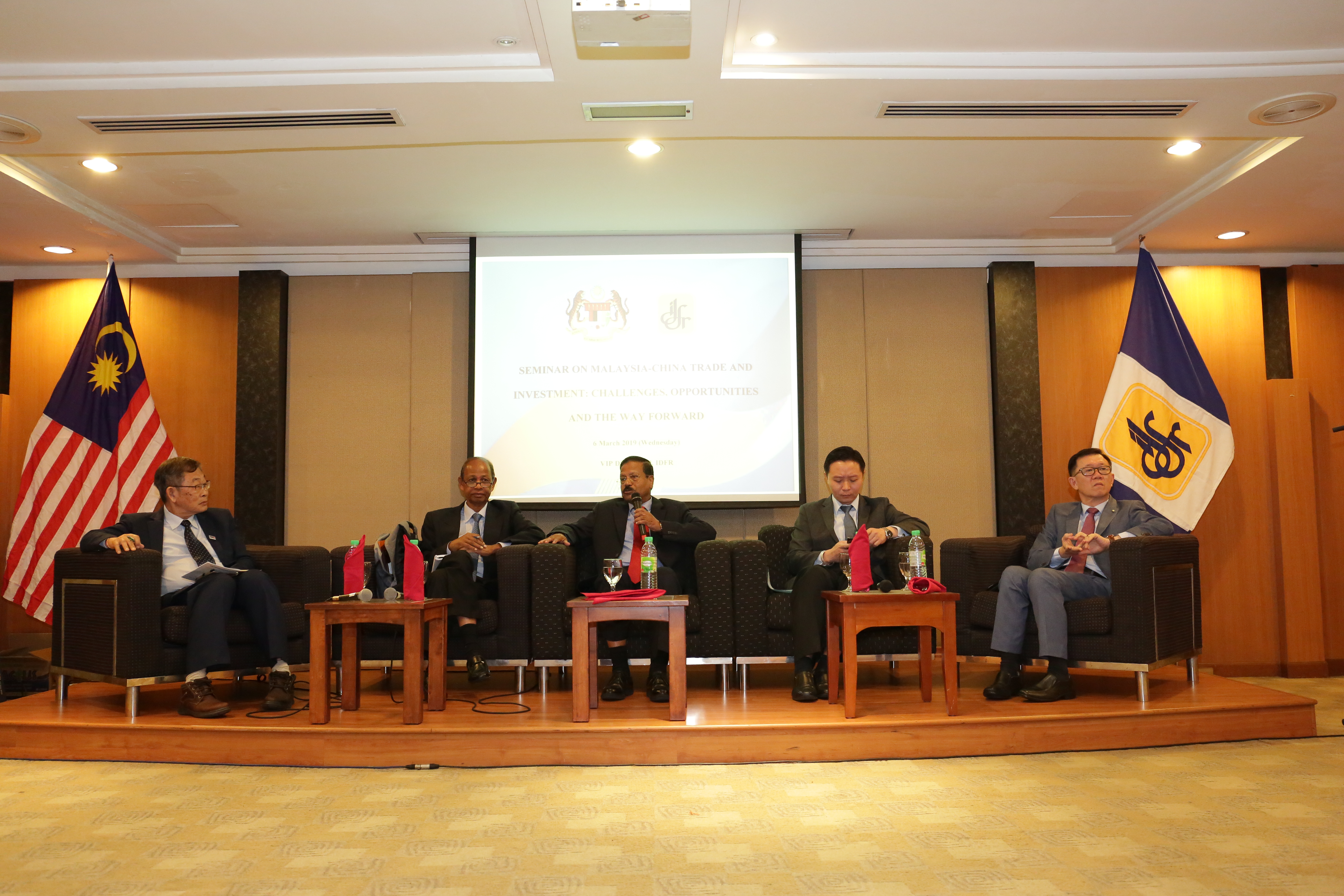
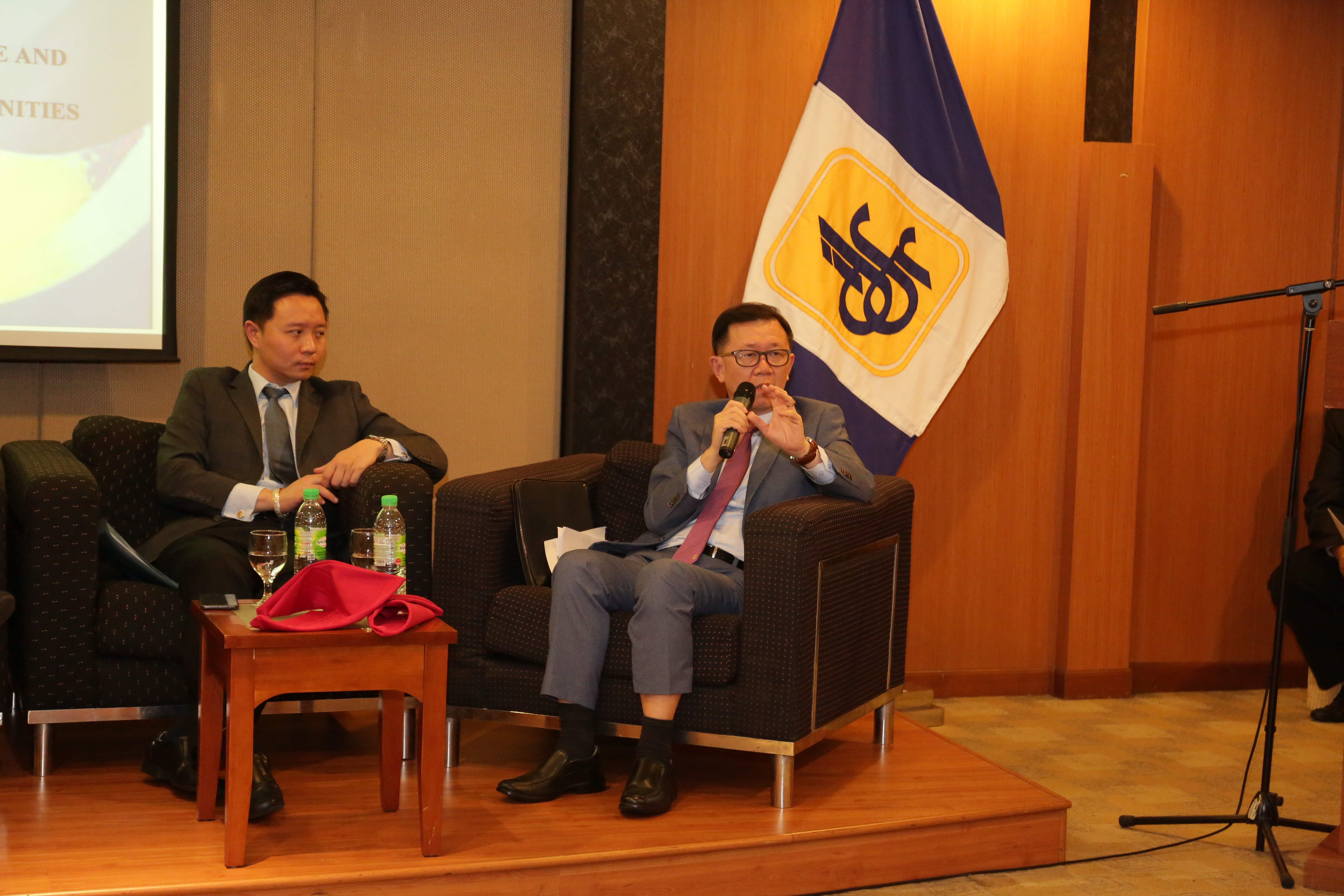
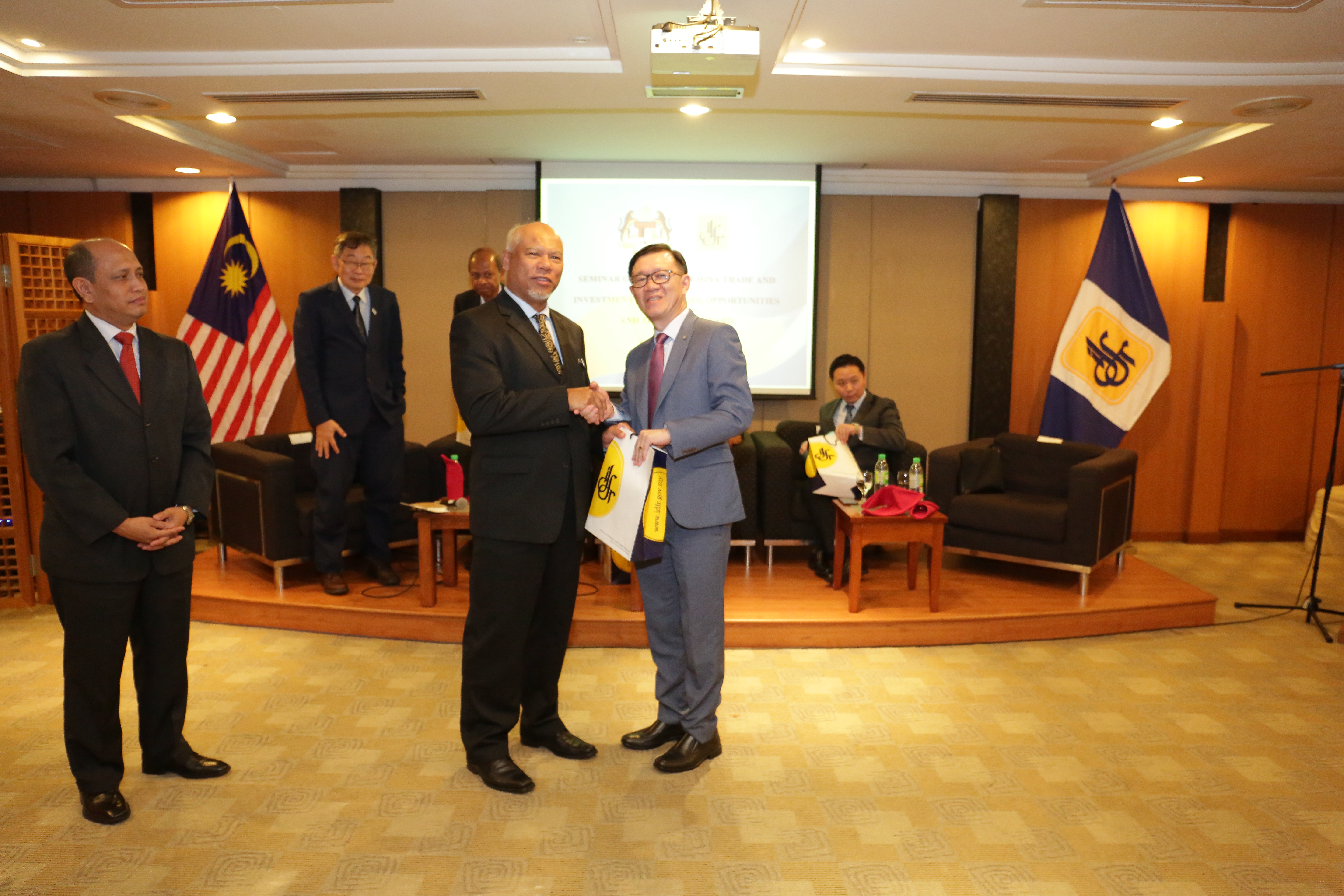
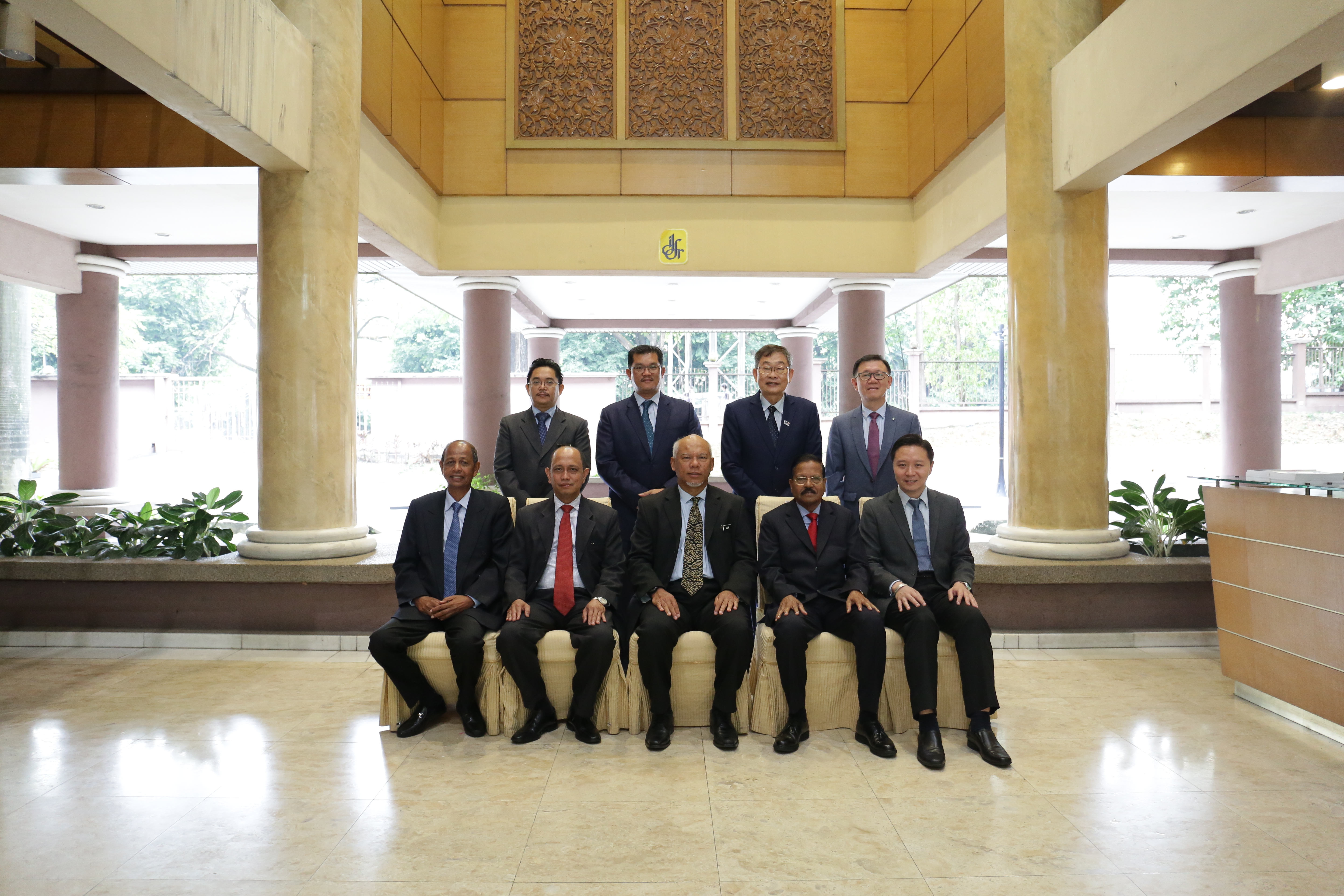
Please click the box below to download the slides:
Published in
Activities
Tagged under
%7 %069 %2019
如何重振私人投资?
Published in
Economic Digest
Tagged under

